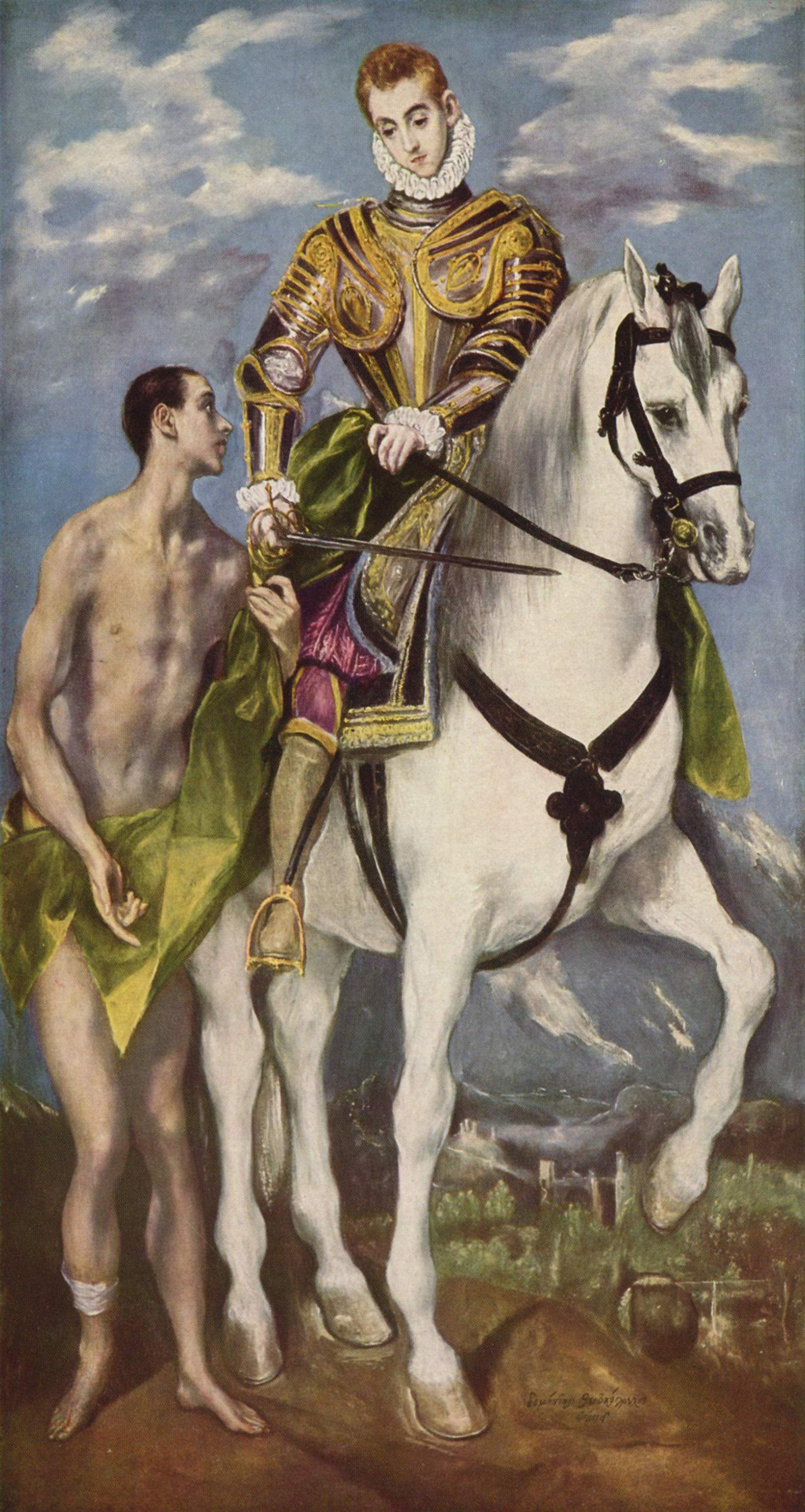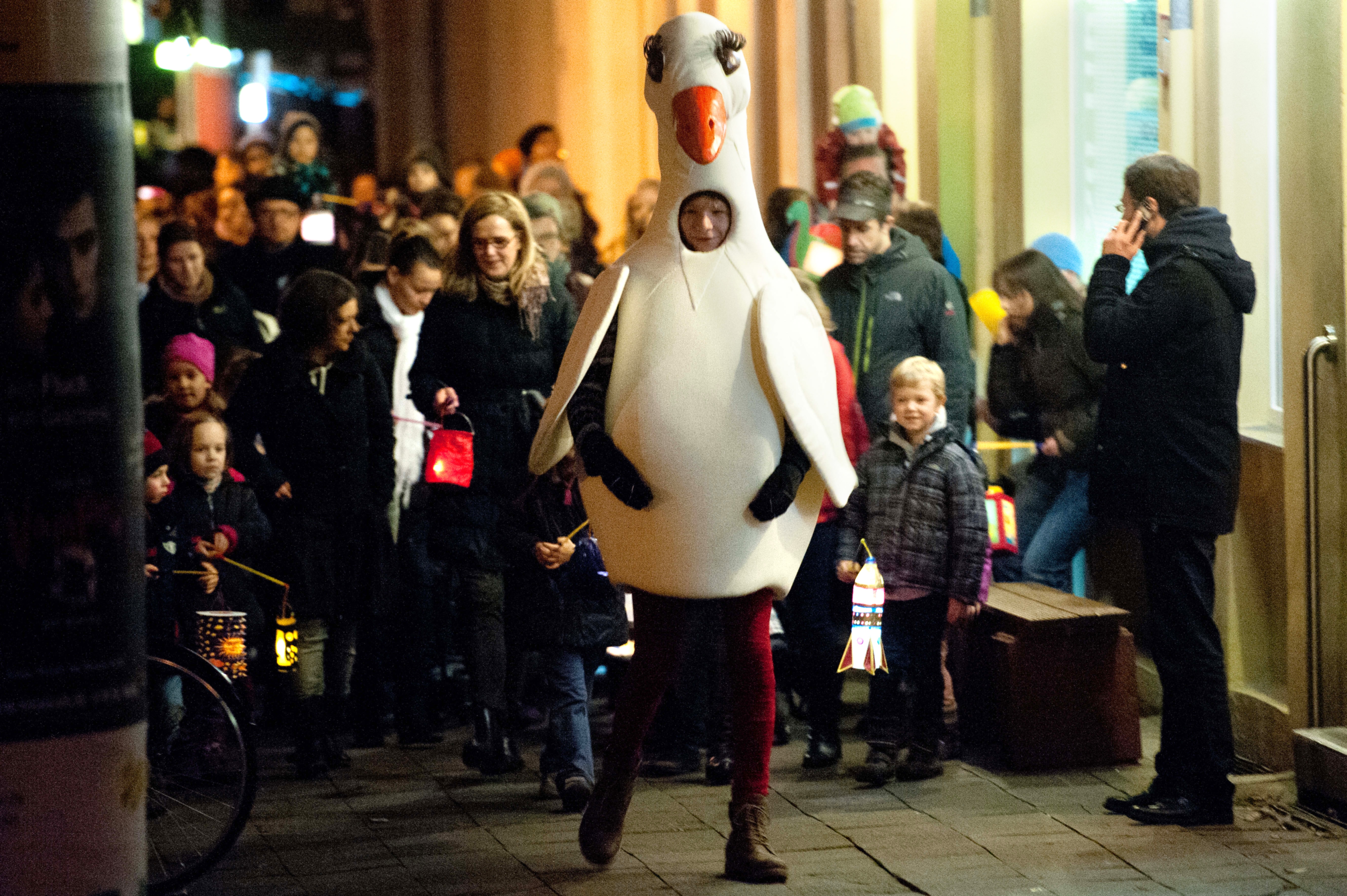Az alábbi összefoglalóban elolvashatod a Márton-nap eredetét, és a magyarországi szokásokat angolul.
St Martin’s Day in Hungary
Historically, St Martin’s Day is on 11 November, the last day before the 40-day fast of Advent before Christmas. It also marks the end of the agricultural autumn. Because of this, the holiday is very much like the American Thanksgiving, the celebration of harvest, the earth’s gifts and the preparations for winter. This traditional harvest feast day is celebrated by tasting new wine and eating geese, as it is around the time when new wine is ready to be tasted and spring geese have reached the proper weight to be eaten. In Hungary, it is not only the famous wine regions that offer various opportunities to feast, but restaurants all over the country prepare for the day with something special.

But who was St. Martin and what has he got to do with geese? According to legend, Martin was a Roman soldier born in Savaria, near Szombathely around 316. He served in France and in a cold night he offered half his cloak to a shivering beggar. The following night Jesus Christ appeared in his dream revealing himself as the beggar. This dream made Martin to leave the army to serve God. He soon became legendary for his good deeds and his compassion for children and the poor and he was appointed to be the bishop of Tours. Being a humble man not wanting power and wealth, he hid in a goose pen to avoid the deputy, but he was betrayed by the cackling of the geese. He was soon found and was later ordained as Bishop of Tours in 371. He dedicated all his life to those in need.

Martin was not only a charitable bishop, he also had a prominent role in spreading wine-making in France, so geese and wine are forever linked to his image. St. Martin is also called “the judge of new wine”. Most restaurants in Hungary offer a special St Martin’s Day menu with traditional dishes and a lengthy wine list. Besides wines from all the wine regions of Hungary, several goose dishes are served as well, such as roasted goose leg with steamed red cabbage, smoked goose breast, oven baked goose wings or goose cracklings. Goose liver is especially important in Hungarian cuisine and there are many recipes that use this delicious and luxurious treat either in traditional ways, or mixing tradition with innovation. Goose liver is very often roasted, but liver terrine with pear, goose leg stuffed with liver and dates or roasted goose liver with cranberry sauce are also popular dishes.

St Martin’s day is celebrated throughout in Europe and in recent years, an originally German custom found its way again to more and more Hungarian schools and kindergartens. According to this custom, around or on St Martin’s Day, children walk in processions carrying lanterns, which they made in school, singing songs. The origin of this custom is unclear, but it is as much the celebration of the start of a new season as the tasting of new wine and the eating of the geese of last spring are. The lanterns are lit to brighten the night and to make us remember that there is light even during a long winter. With the celebration of the end of harvest and with tasting its gifts and lighting lanterns, we can get ready for the start of a new season.
Vocabulary
|
fast |
böjt |
|
to mark |
jelölni |
|
agricultural |
mezőgazdasági |
|
harvest |
aratás |
|
feast |
lakoma |
|
to offer |
ajánlani |
|
to prepare |
készülni |
|
according |
szerint |
|
cloak |
köpeny, kabát |
|
shivering |
reszkető |
|
beggar |
koldus |
|
army |
hadsereg |
|
deed |
tett |
|
compassion |
együttérzés |
|
to appoint |
kinevezni |
|
bishop |
püspök |
|
humble |
szerény |
|
goose pen |
libaól |
|
deputy |
helyettes |
|
cackling |
gágogó |
|
to ordain |
felszentelni |
|
those in need |
rászorulók |
|
prominent |
jeles |
|
lengthy |
hosszas |
|
steamed |
párolt |
|
cracklings |
ropogósra sült |
|
cuisine |
konyhaművészet |
|
treat |
fiomság |
|
custom |
szokás |
|
procession |
felvonulás |
|
lantern |
lámpás |
|
to be lit |
meggyújtva lenni |




